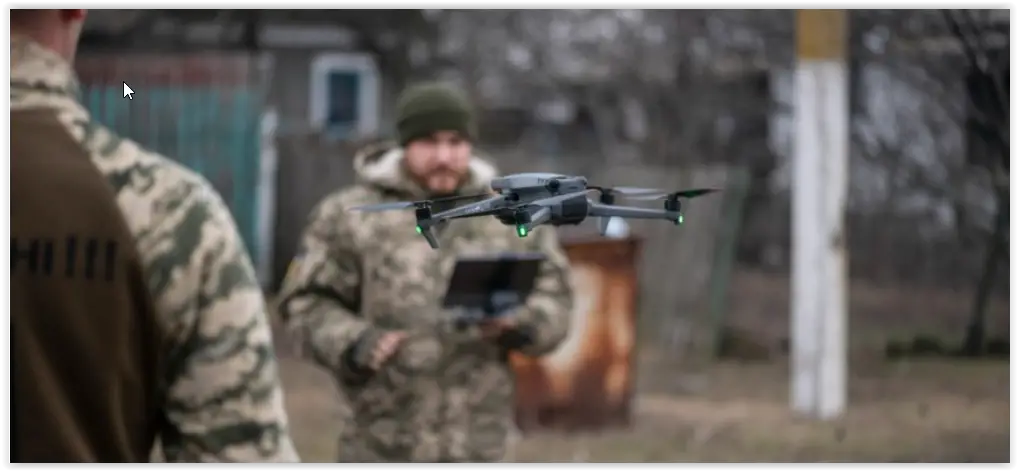In the thick of Ukraine’s turbulent frontlines, the ability to quickly detect an enemy drone is not just a tactical advantage—it’s a necessity that can mean the difference between life and death. This critical need has driven an intense demand for affordable, effective drone detectors. These vital devices, ingeniously assembled by Ukrainian software engineers who have turned their skills to defense entrepreneurship, are proving to be game-changers in the theater of war.
The Skies Over Ukraine
Ukraine’s skies are increasingly crowded with both high-tech surveillance aircraft and rudimentary suicide quadcopters used by both sides. Estimates suggest that Russia and Ukraine deploy upwards of 50,000 first-person-view (FPV) suicide drones each month. Amid this surge, Ukrainian innovators have responded with a unique and vital tool: handheld drone detectors, affectionately nicknamed “Candy.”

Innovation Under Fire
Despite its innocuous name, “Candy” is a robust tool designed to save lives. This small, plastic-encased device is equipped with antennas and sensors, making it easy to carry but powerful in performance. It fits snugly in a soldier’s hand and has become an essential part of their combat gear. These devices are primarily produced by fledgling startups, which often struggle with limited resources and rely heavily on volunteer support, reflecting the broader challenges of Ukraine’s wartime production efforts.
The Brains Behind the Operation
The origin of these lifesaving gadgets traces back to visionaries like Dmytro, the founder of Kseonics, who realized the urgent need for soldiers to have advanced warning of impending drone attacks. His journey from electronic warfare expertise to hands-on device creation has equipped the Ukrainian military with crucial defensive tools.
Diverse Solutions for a Complex Battlefield
Further innovating in this space, companies like Kara Dag and Falcons have each taken unique approaches to drone detection. Kara Dag’s handheld sensors can identify drones from as far as 2.4 miles away and use artificial intelligence to enhance signal detection accuracy. On the other hand, Falcons’ Eter system features a sophisticated multi-antenna setup linked to a computer workstation, which tracks the movements and origins of multiple enemy drones simultaneously. This system enables troops to make strategic decisions about whether to engage the enemy or retreat, crucial in scenarios where a single anti-drone rifle would be ineffective against a swarm.
Scaling Challenges and Innovation
However, despite the crucial role these detectors play, manufacturing them at a pace that meets demand remains a formidable challenge. The entrepreneurs behind these devices are often self-taught hardware specialists who face everything from component shortages to delays caused by logistical challenges, such as those at Ukraine’s borders. Yet, their determination persists, driven by the knowledge that each device shipped to the front lines could mean lives saved.
Looking Ahead: Adapting and Expanding
As the war continues, the demand for these “Candy” detectors surges, even with minimal marketing. Companies like Drone Spices have seen demand skyrocket after mere social media posts, pushing them to scale production from hundreds to thousands of units per month. The ongoing conflict necessitates a rapid evolution of military technology, with Ukrainian engineers at the forefront. They are not just fighting a battle against an adversary; they are in a race against time to equip their soldiers with tools that can tilt the odds in their favor. “Candy” and its counterparts are more than just gadgets; they are a testament to Ukrainian resilience and innovation in the face of overwhelming challenges.